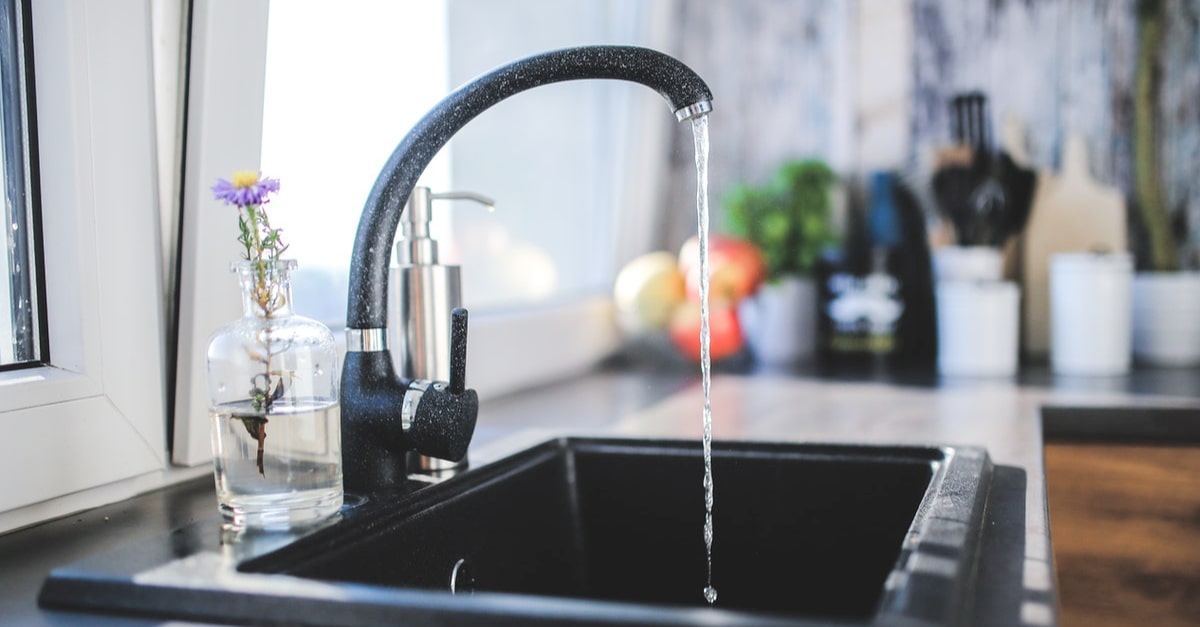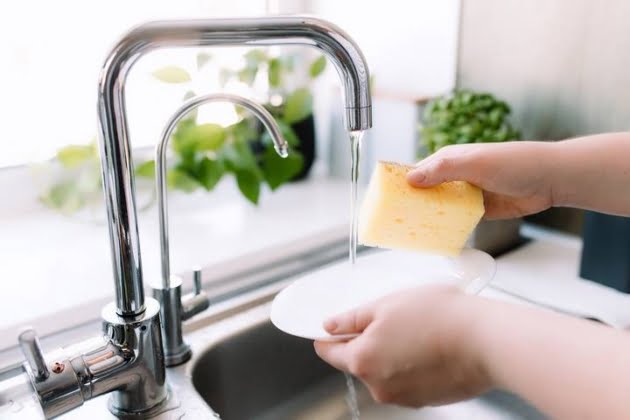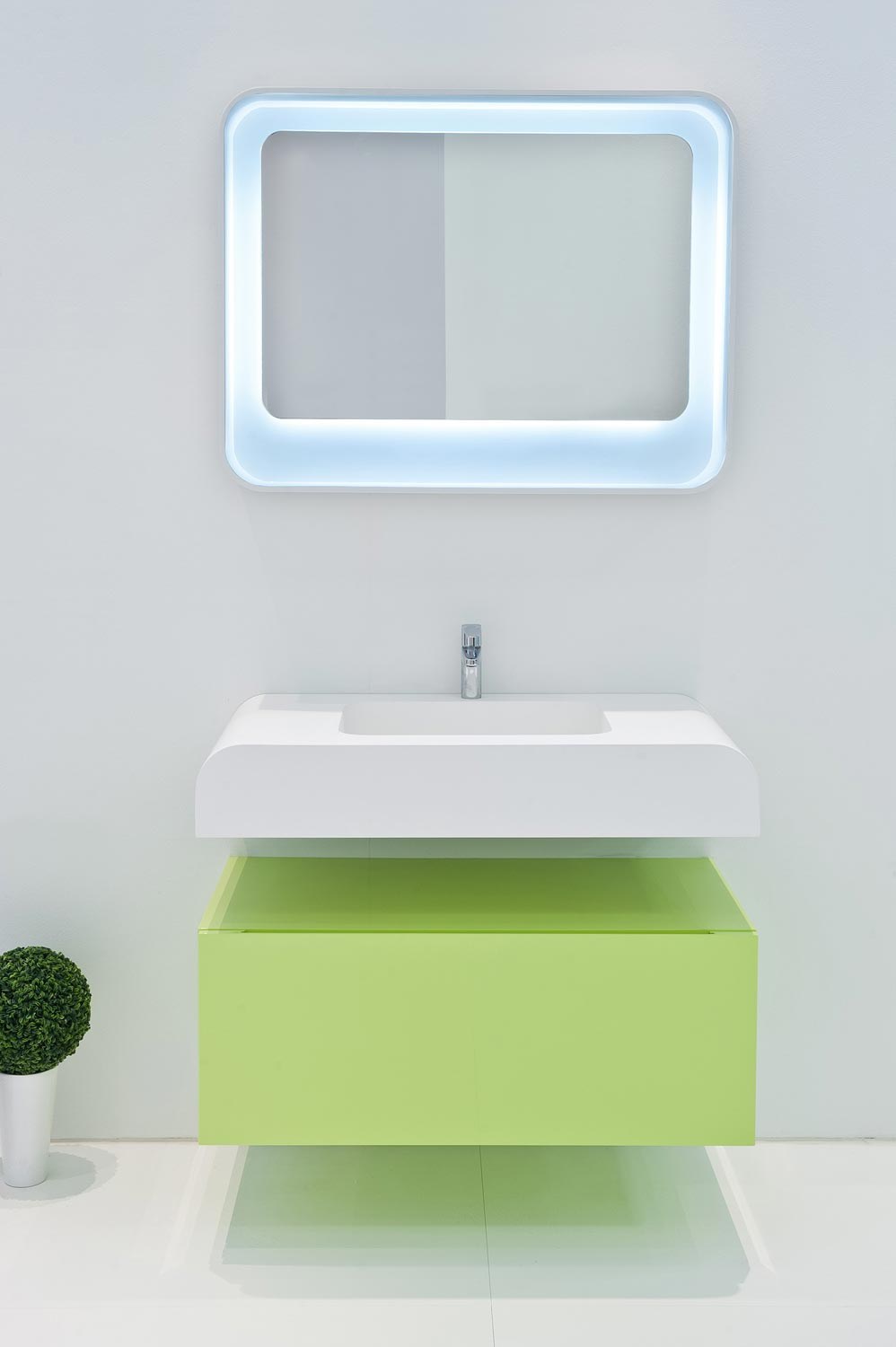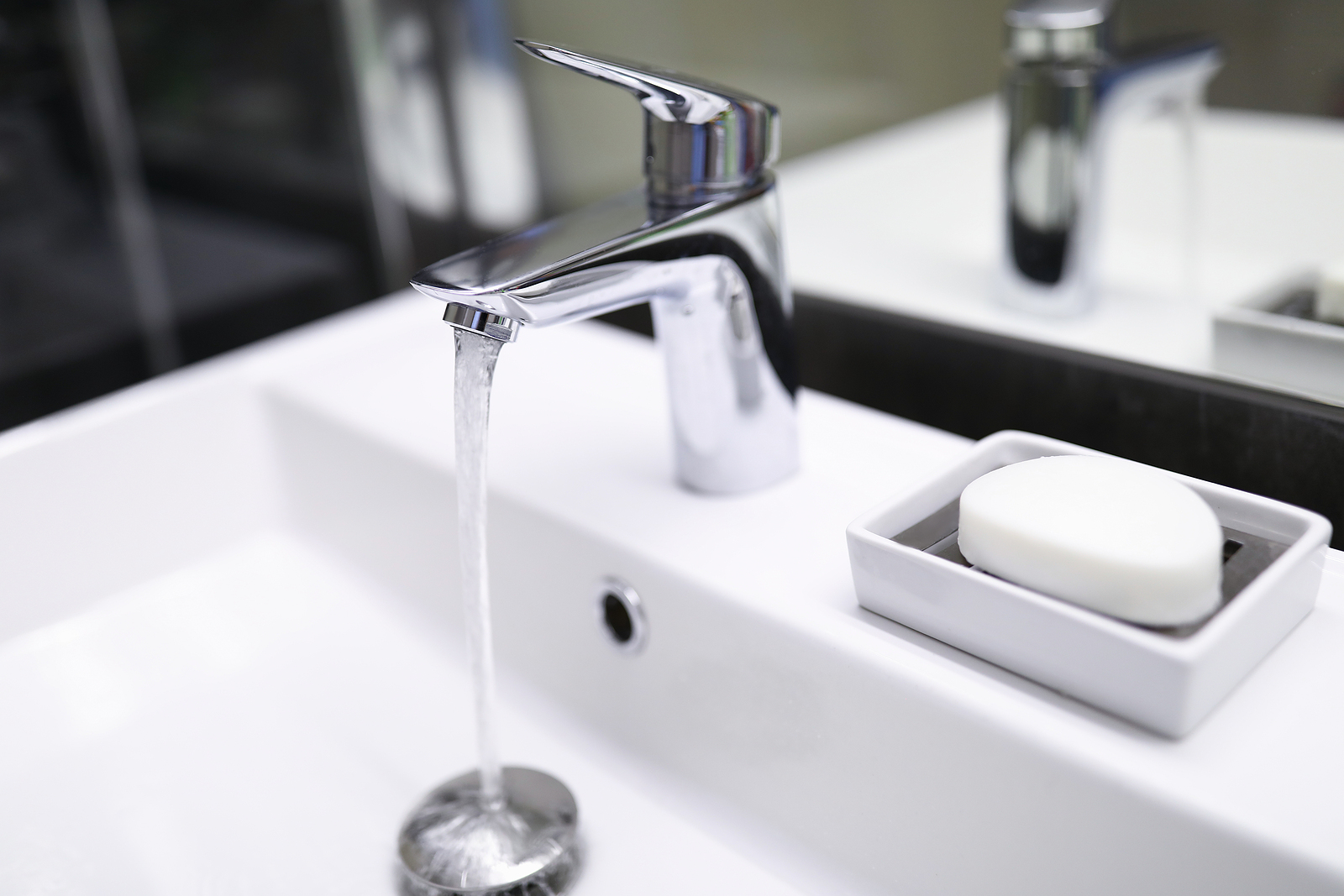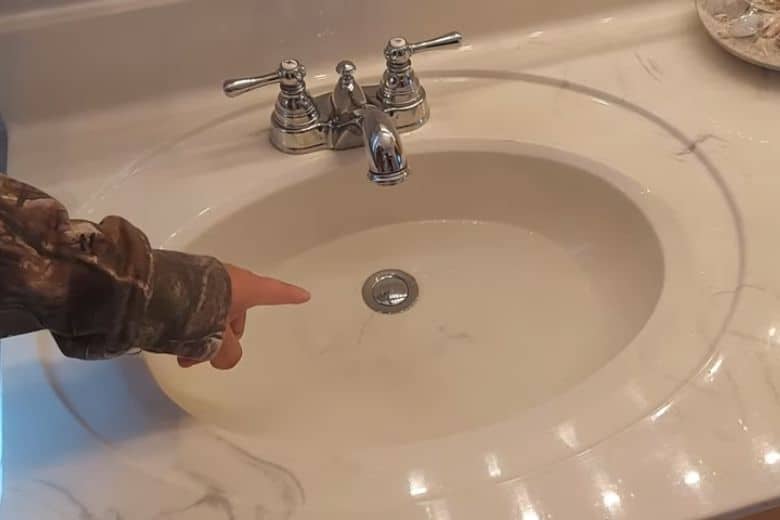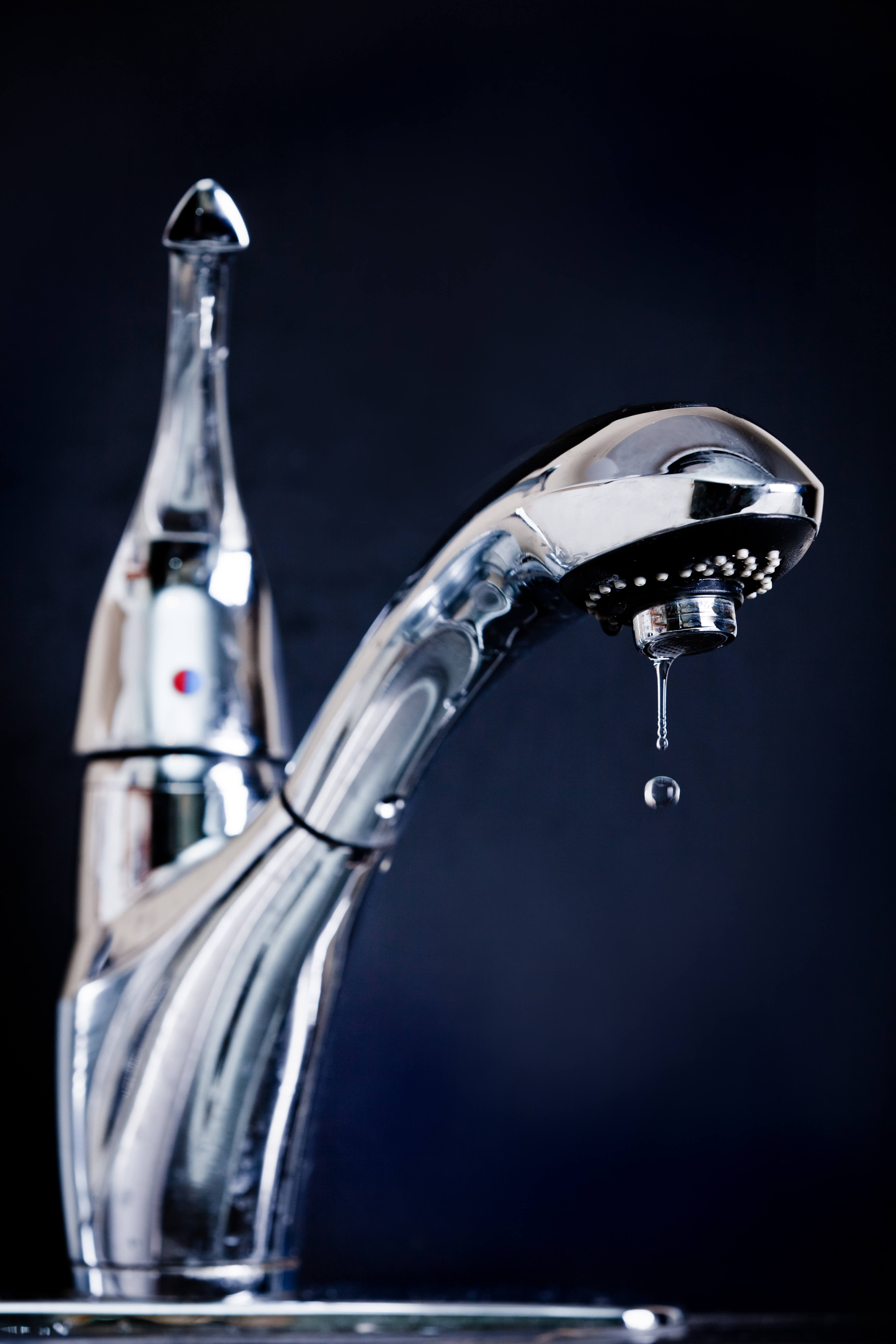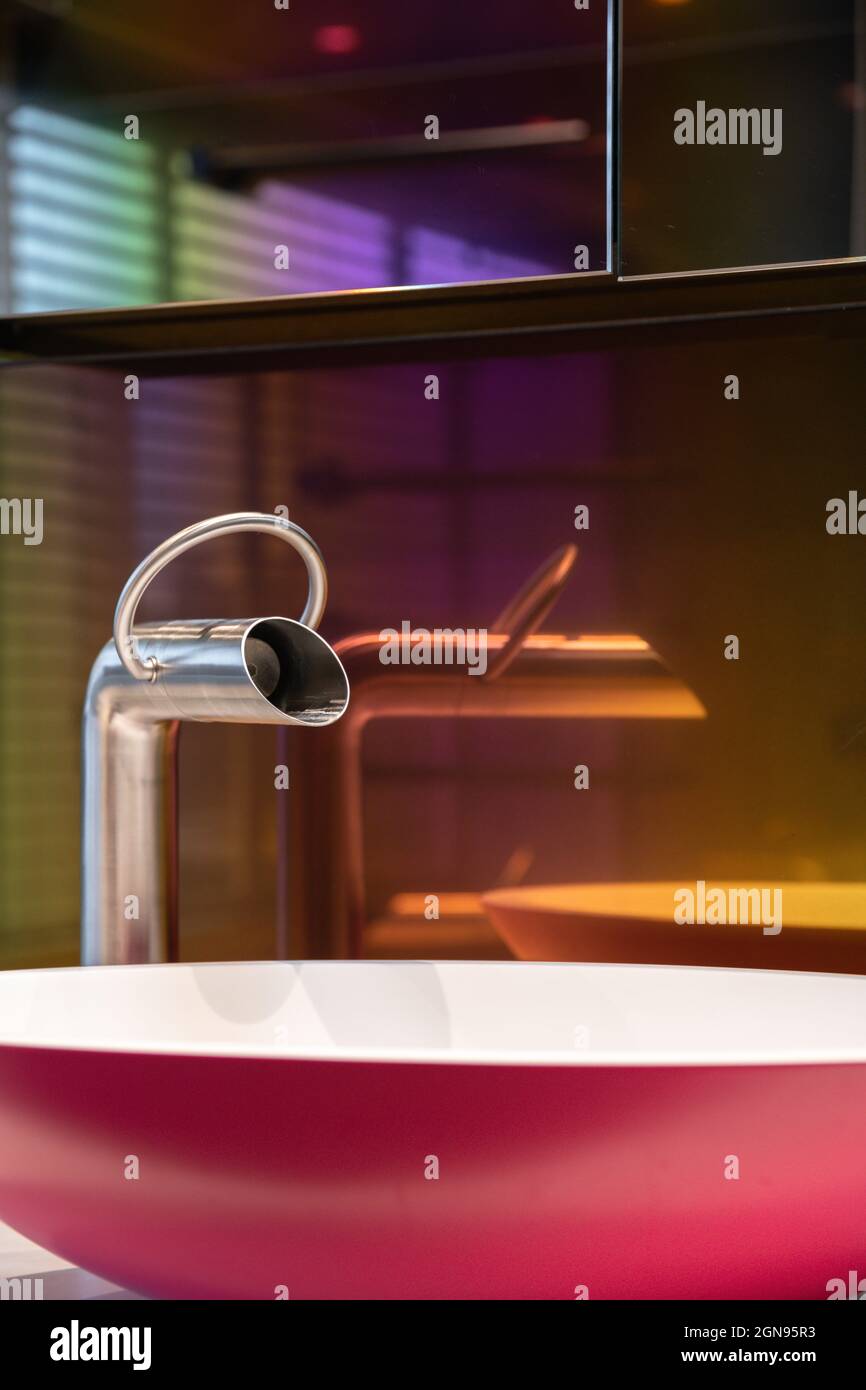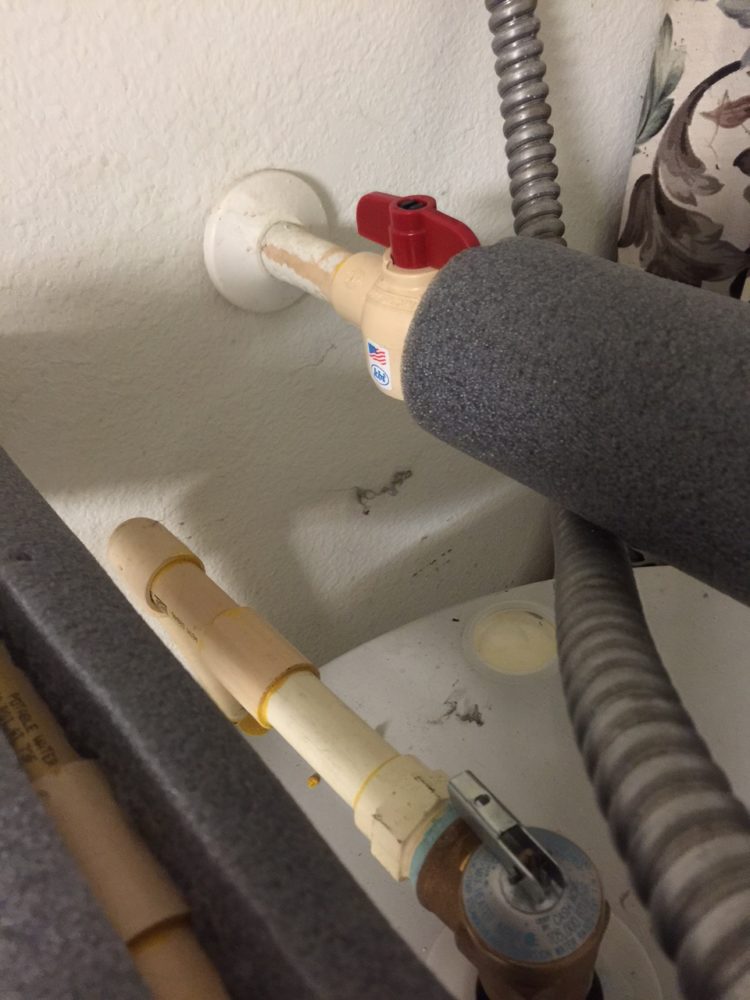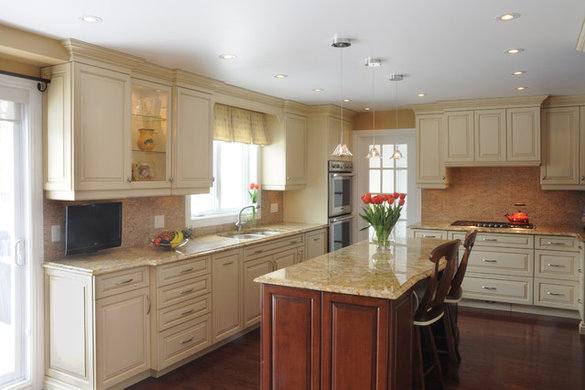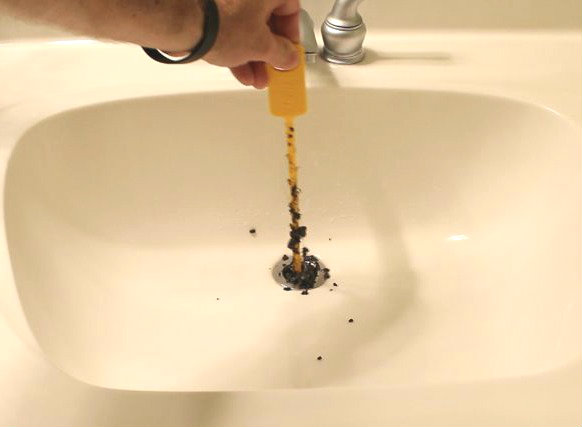Having a steady flow of water in your bathroom sink is essential for daily tasks such as washing your hands, brushing your teeth, and even cleaning. So when you turn on the faucet and notice that the water pressure is suddenly low, it can be frustrating and inconvenient. In this article, we'll discuss the top 10 reasons why your bathroom sink water pressure may have suddenly decreased and what you can do to fix it.Is your bathroom sink water pressure suddenly low? Here's what you need to know.
The most common reason for low water pressure in a bathroom sink is a clogged aerator. The aerator is the small mesh screen at the end of the faucet that mixes air with the water flow, giving you a consistent and smooth stream. Over time, sediment and mineral deposits can build up in the aerator, causing it to clog and reduce the water pressure. To fix this, try unscrewing the aerator and cleaning it with vinegar or replacing it altogether.1. Clogged aerator
Another common issue that can cause low water pressure in your bathroom sink is leaking pipes. If you notice a decrease in water pressure accompanied by a dripping sound, you may have a leak in your pipes. Leaks can occur due to aging pipes, corrosion, or even damage from tree roots. It's important to address leaks promptly to avoid further damage and potential health hazards.2. Leaking pipes
Check to see if the water shut-off valve under your sink is fully open. If it's only partially open, it can restrict the water flow and result in low water pressure. Simply turn the valve counterclockwise to open it fully and see if this improves the water pressure in your bathroom sink.3. Water shut-off valve not fully open
If you've recently had work done on your plumbing system or your water utility company has conducted repairs, there may be debris in the supply line that is causing low water pressure. The best way to fix this is to flush the pipes by turning on all the faucets in your house at the same time for a few minutes. This will help clear out any debris in the supply line and restore your water pressure.4. Debris in the supply line
If the water pressure is low in all the faucets in your home, the problem may lie with the water main. Water main issues can occur due to maintenance work, pipe damage, or even extreme weather conditions. Contact your water utility company to see if they are aware of any issues with the water main in your area.5. Water main issues
Most homes have a pressure regulator installed where the main water line enters the house. This device is responsible for maintaining a steady water pressure throughout your home. If the pressure regulator is faulty, it can cause a sudden decrease in water pressure. You may need to call a professional plumber to replace the regulator.6. Faulty pressure regulator
If your home has hard water, mineral deposits can build up in your pipes over time and restrict the water flow, resulting in low water pressure. To prevent this, consider installing a water softener or using a descaling solution to remove mineral build-up from your pipes.7. Mineral build-up in pipes
Old or corroded pipes can also be the culprit behind low water pressure in your bathroom sink. Over time, pipes can rust or corrode, causing blockages that restrict water flow. If you have an older home, consider having a professional plumber inspect your pipes and make any necessary repairs or replacements.8. Old or corroded pipes
If your bathroom sink is connected to a hot water supply, the water heater may be the source of the low water pressure. Sediment and mineral deposits can build up in the water heater over time, reducing its efficiency and causing low water pressure. Flushing out the water heater or replacing it may be necessary to restore proper water pressure.9. Water heater issues
The Importance of Proper Water Pressure in Your Bathroom Sink

Don't Let Low Water Pressure Ruin Your Morning Routine
 When it comes to our homes, we all want to ensure that everything is functioning properly and efficiently. This includes the water pressure in our bathroom sinks. So, when you suddenly notice that the water pressure in your bathroom sink is low, it can be quite frustrating and inconvenient. But why does this happen? And what can you do about it?
Low water pressure in your bathroom sink can be caused by a variety of factors.
One common culprit is a clogged aerator. The aerator is the small screen at the end of your faucet that helps to mix air with the water, providing a steady and consistent flow. Over time, mineral deposits and debris can build up and clog the aerator, resulting in lower water pressure.
Another possible cause of low water pressure is a malfunctioning or worn out faucet. If the faucet is old or has been used frequently, it may be time to replace it. Additionally, if there is a leak or damage in the pipes leading to your bathroom sink, this could also result in low water pressure. It's important to address any leaks or damage as soon as possible to avoid further issues.
So, what can you do if you're experiencing low water pressure in your bathroom sink?
One solution is to clean or replace the aerator. This is a simple fix that can often improve water pressure. You can easily remove the aerator and clean it with a brush and vinegar to remove any buildup. If the aerator is damaged, it can be replaced with a new one.
If the issue is with the faucet itself, it may be best to replace it. This will not only improve water pressure, but it can also update the look of your bathroom. It's important to choose a faucet that is compatible with your sink and to properly install it to avoid any future issues.
Proper water pressure is essential for a smooth and efficient bathroom routine.
Low water pressure can make it difficult to wash your face, brush your teeth, or even fill up a glass of water. Not only that, but it can also affect the functioning of your other bathroom fixtures, such as your shower or toilet. So, it's important to address any issues with your bathroom sink's water pressure as soon as possible.
In conclusion,
proper water pressure in your bathroom sink is crucial for a well-functioning home.
If you're experiencing low water pressure, don't ignore the issue. Take the necessary steps to identify the cause and address it accordingly. Whether it's a clogged aerator or a malfunctioning faucet, fixing the problem will not only improve your daily routine but also prevent any further damage.
When it comes to our homes, we all want to ensure that everything is functioning properly and efficiently. This includes the water pressure in our bathroom sinks. So, when you suddenly notice that the water pressure in your bathroom sink is low, it can be quite frustrating and inconvenient. But why does this happen? And what can you do about it?
Low water pressure in your bathroom sink can be caused by a variety of factors.
One common culprit is a clogged aerator. The aerator is the small screen at the end of your faucet that helps to mix air with the water, providing a steady and consistent flow. Over time, mineral deposits and debris can build up and clog the aerator, resulting in lower water pressure.
Another possible cause of low water pressure is a malfunctioning or worn out faucet. If the faucet is old or has been used frequently, it may be time to replace it. Additionally, if there is a leak or damage in the pipes leading to your bathroom sink, this could also result in low water pressure. It's important to address any leaks or damage as soon as possible to avoid further issues.
So, what can you do if you're experiencing low water pressure in your bathroom sink?
One solution is to clean or replace the aerator. This is a simple fix that can often improve water pressure. You can easily remove the aerator and clean it with a brush and vinegar to remove any buildup. If the aerator is damaged, it can be replaced with a new one.
If the issue is with the faucet itself, it may be best to replace it. This will not only improve water pressure, but it can also update the look of your bathroom. It's important to choose a faucet that is compatible with your sink and to properly install it to avoid any future issues.
Proper water pressure is essential for a smooth and efficient bathroom routine.
Low water pressure can make it difficult to wash your face, brush your teeth, or even fill up a glass of water. Not only that, but it can also affect the functioning of your other bathroom fixtures, such as your shower or toilet. So, it's important to address any issues with your bathroom sink's water pressure as soon as possible.
In conclusion,
proper water pressure in your bathroom sink is crucial for a well-functioning home.
If you're experiencing low water pressure, don't ignore the issue. Take the necessary steps to identify the cause and address it accordingly. Whether it's a clogged aerator or a malfunctioning faucet, fixing the problem will not only improve your daily routine but also prevent any further damage.






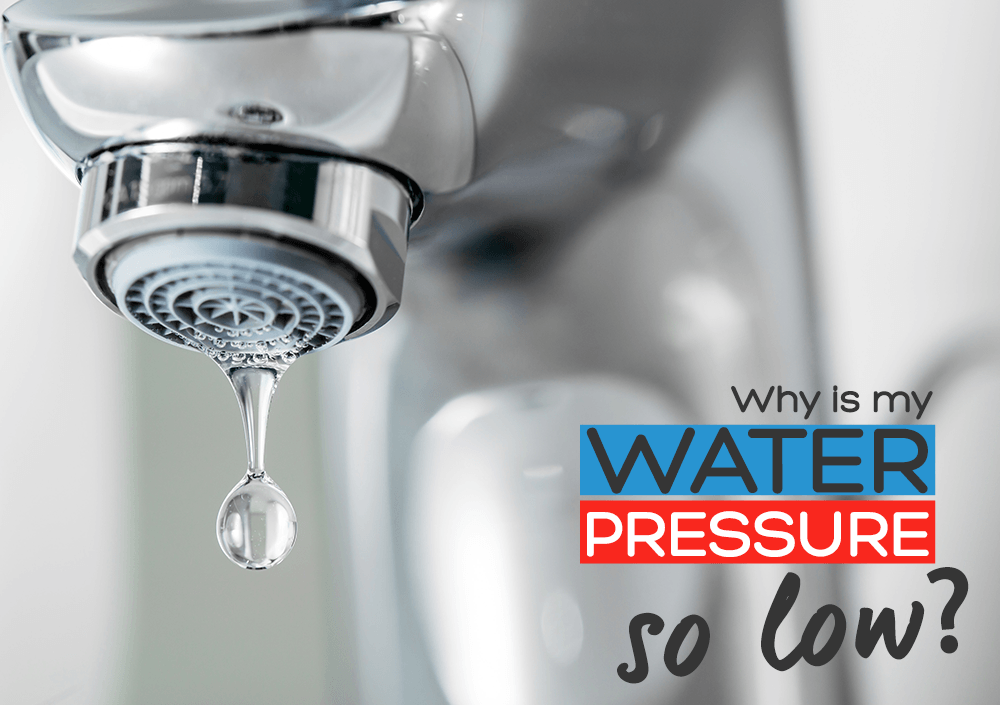

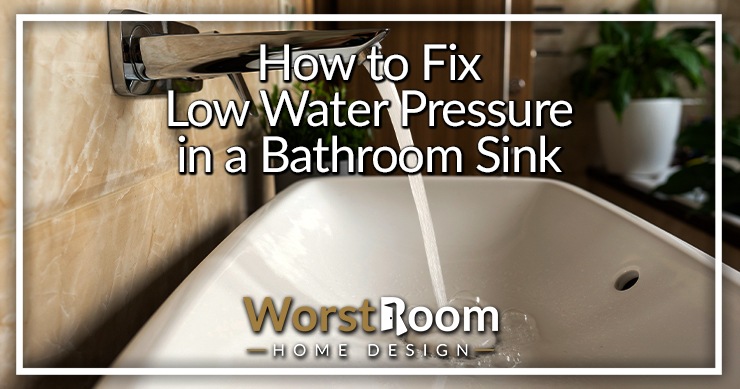
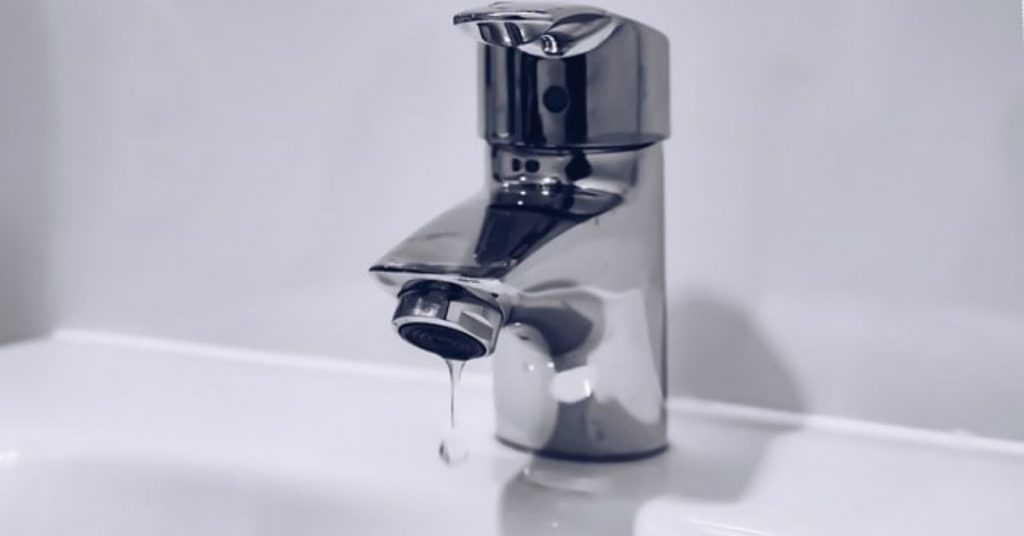






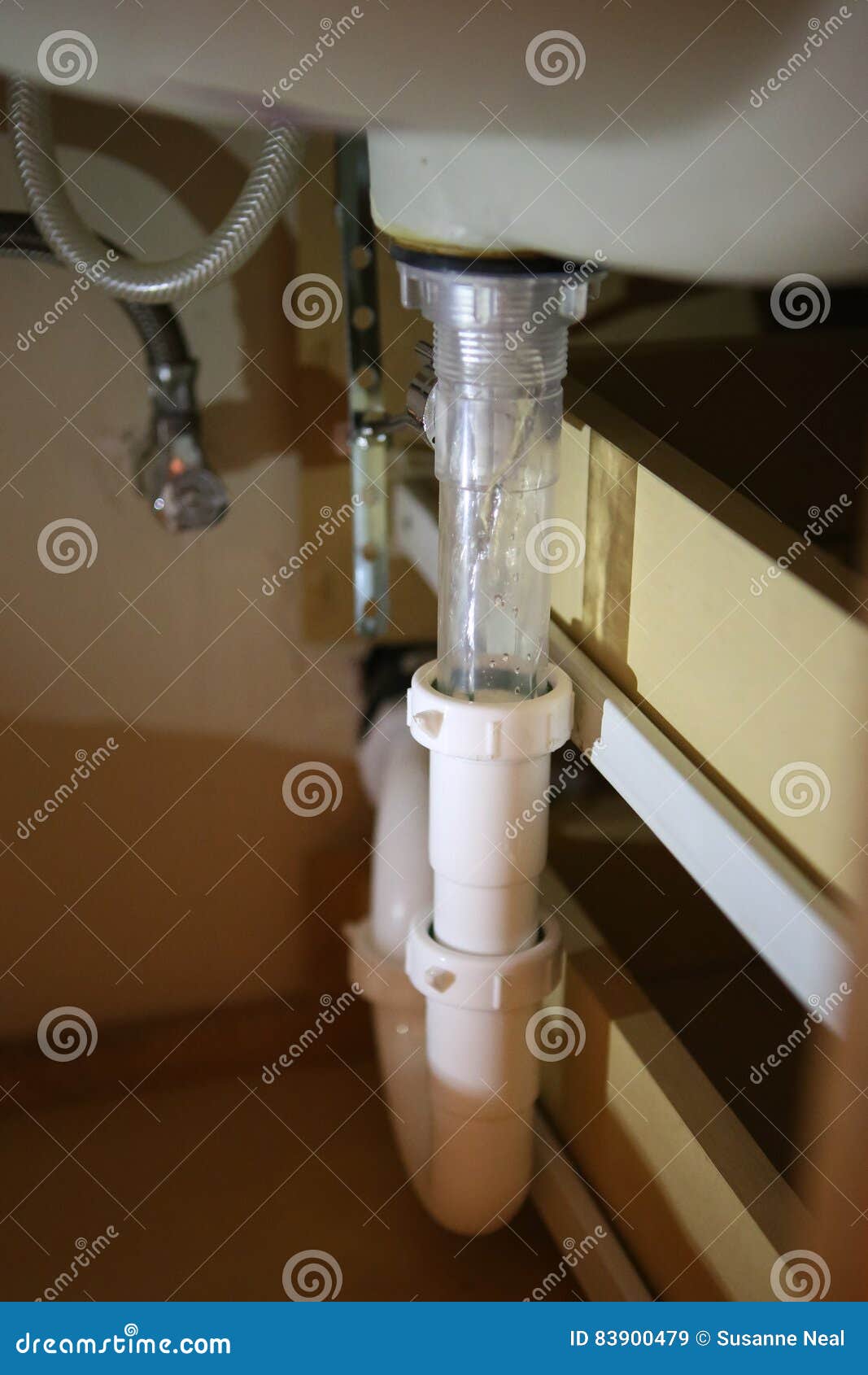
:max_bytes(150000):strip_icc()/close-up-of-overflowing-bathroom-sink-90201417-579787783df78ceb865822d8.jpg)













